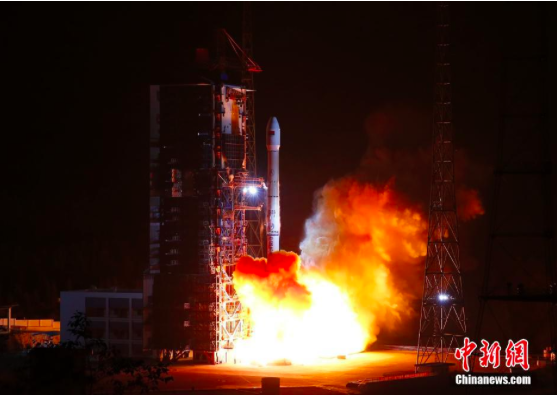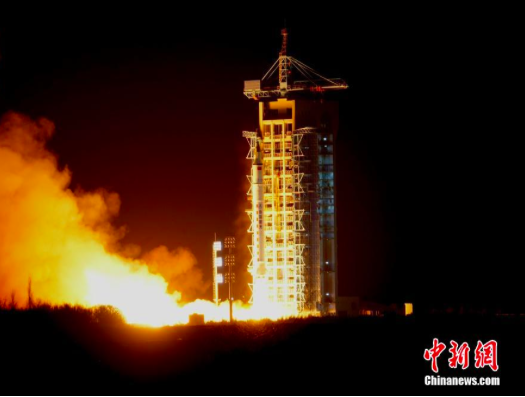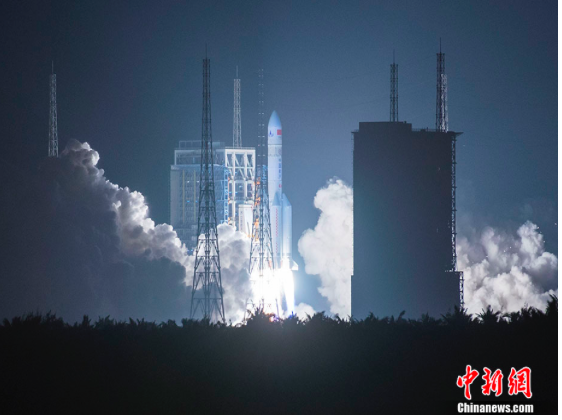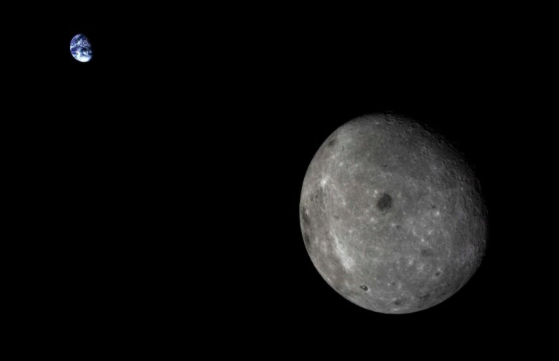End of year brings with it a reflection of what was, what is and hopefully what will occur. The following is from an article in gbtimes.
China will round off a massive, breakthrough year for its expanding space program with a busy December, including four or more launches, a five-year space policy paper and national space law draft.

A Long March 3B launches Belintersat-1 in January 2016.
2016 has seen the successful launch of two new cryogenic rockets, including the massive Long March 5, a human spaceflight mission in preparation for the country’s space station, intriguing space science missions and more.
And on Saturday China will look to set a new national record for launches in a calendar year by sending a new generation weather satellite, Fengyun-4A, into a geostationary orbit.
The 5,400kg satellite is expected to launch on a Long March 3B from the Xichang Satellite Launch Centre in Sichuan just after midnight on Sunday December 11 (16:00 Saturday universal time), and would mark China’s 20th orbital mission in 2016.
Following this will be TanSat, a carbon-tracking satellite developed by the Chinese Academy of Sciences, expected to launch on a Long March 2D around December 19.
Orbiting in a sun-synchronous orbit, the satellite will use a high resolution carbon dioxide spectrometer and other instruments to improve understanding of global CO2distribution, variation and its contribution to climate change.
In a rare example of NASA cooperation with China, Spacenews.com reported that head of NASA’s Earth science division met with Chinese officials in July regarding potential coordination in the mission.

A Long March 2D launches Shijian-10 from Jiuquan in April.
Around December 26 will come two Gaojing-1, or ‘SuperView’, satellites, which will be the first in a constellation of more than 25 commercial remote sensing satellites developed by the China Aerospace Science and Technology Corporation (CASC), the main contractor for China’s space program.
Once referred to as ‘16+4+4+X’, the constellation will eventually consist of sixteen 0.5 m resolution optical satellites, four high-end optical satellites, four synthetic aperture radar satellites and additional video and hyperspectral satellites.
The two satellites will launch from the Taiyuan Satellite Launch Center in North China using a Long March 2D launch vehicle.
The final expected mission is the launch of a Kuaizhou-1Asolid rocket in late December, which will deliver a Jilin-1 video satellite into low Earth orbit, along with other as-yet unidentified satellites.
Other surprise launches, such as a classified Yaogan series Earth observation satellite, could also occur, though none are currently expected.

China's largest ever rocket, Long March 5, lifts off from Wenchang on November 3, 2016.
The hectic schedule will mean China is set to perform more launches than Russia in a calendar year for the first time.
The month will be highly active for space elsewhere also, as globally there could be as many as 15 orbital launches in December, Nasaspaceflight.com notes.
Policy paper and draft space law
December will see the release of a first national space law draft and a new space policy white paper – the first since 2011.
The White Paper will highlight achievements and international cooperation during the past five years, and indicate the direction and priorities of the Chinese space program for the coming five years and beyond.
It is expected to outline China’s ambitions for deep space exploration – a priority area noted in the new Five Year Plan released in the spring – and include emerging issues such as what role commercial and private space may have in the future.
The document will lay out future missions and projects, including the country’s first independent interplanetary mission – to Mars in 2020 – and lunar sample return and far side landing missions, as well as development of remote sensing, communication and navigation systems closer to home.

The far side of the Moon imaged by China's Chang'e-5 T1 test service module.
It may also outline developments required for a human mission to the Moon, including a new generation spacecraft to follow the Shenzhou, and a super heavy lift, Saturn V-class rocket, the Long March 9.
Little has been revealed about the draft national space law, which would need to be passed by the National People’s Congress, the country’s legislature, the next session of which will be held March 2017.
It is likely to lay out, integrate and codify issues including insurance, safety, commercialization, launch approval, space debris and more in order to provide a framework for development of Chinese expanding space activities and support and regulate the development of commercial space industry.
China's orbital launches in 2016
01. Belintersat-1 for Belarus
02. Beidou-21 navigation satellite
03. Beidou-22 navigation satellite
04. Shijian-10 retrievable space science satellite
05. Yaogan Weixing-30 remote sensing satellite
06. Ziyuan-3 remote sensing satellite and Aleph-1
07. Beidou-23 navigation satellite
08. Long March 7 debut flight, with new scale crew return capsule
09. Shijian-16 satellite
10. Tiantong-1-01 communications satellite
11. Gaofen-3 Earth observation satellite
12. Quantum Science Satellite (QUESS)
13. Gaofen-10 Earth observation satellite (launch failure)
14. Tiangong-2 space lab
15. Shenzhou-11
16. Long March 5 heavy-lift rocket debut, carrying Shijian-17
17. XPNAV-1 pulsar navigation test satellite
18. Yunhai-1 weather satellite
19. Tianlian-1 (04) data relay satellite
Andrew Jones, gbtimes, http://gbtimes.com/china/busy-finish-massive-year-chinas-space-program

